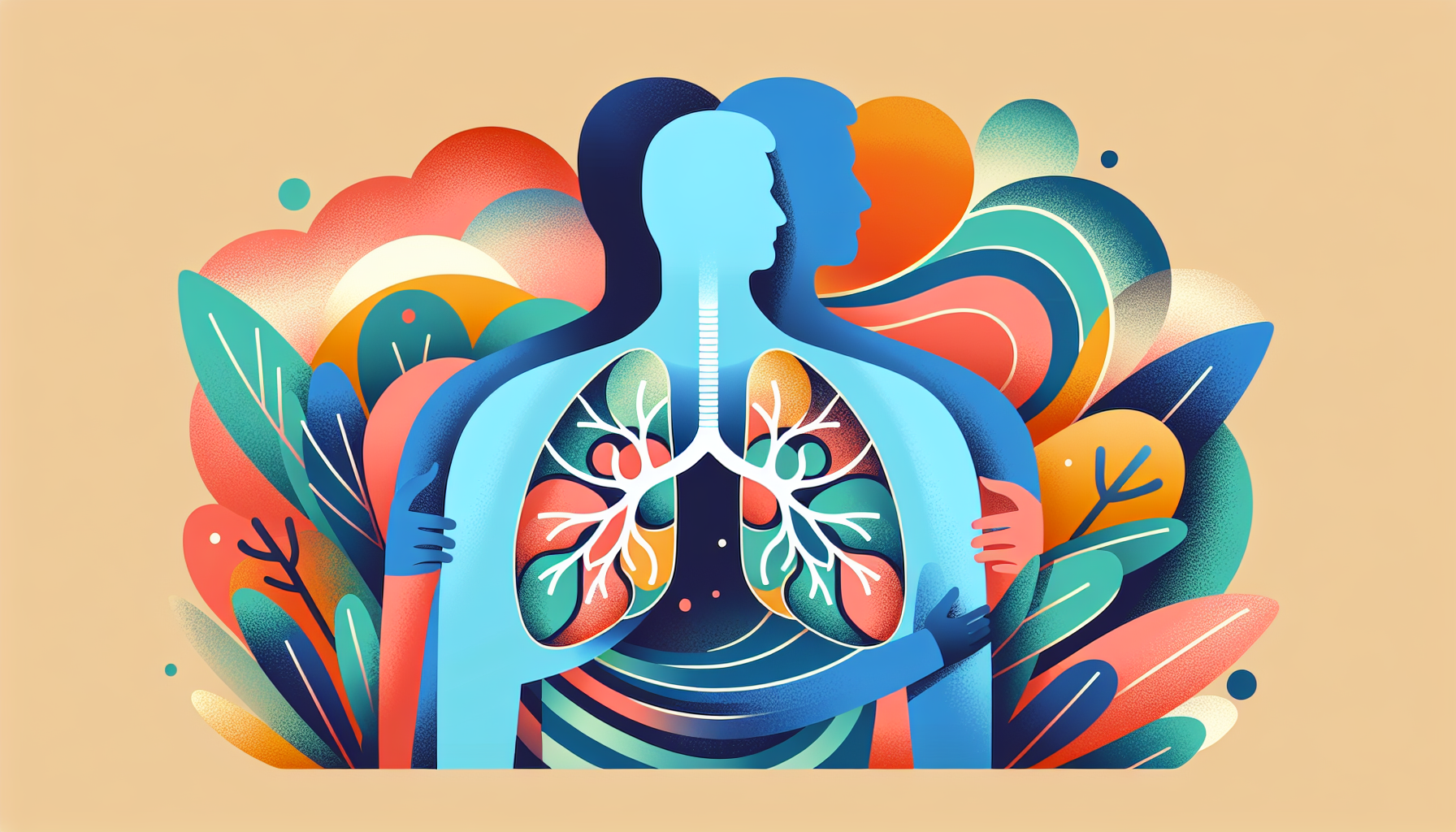Utah Becomes the First State to Let AI Handle Prescription Refills
Utah just made history: it's the first US state to let an AI system renew prescriptions on its own. The program covers people who are already taking medications for [...]
Read More
Medically reviewed by William Wadzinski | MD, Uniformed Services University of the Health Sciences on September 10th, 2023.
Interstitial lung disease (ILD) is a group of conditions that affect the interstitium, a lace-like network of tissue that supports the lungs' tiny air sacs called alveoli. When the interstitium becomes thickened due to inflammation, scarring, or fluid buildup, it can cause breathing difficulties and other health problems.
There are several types of ILD, including:
Interstitial pneumonia
Idiopathic pulmonary fibrosis
Nonspecific interstitial pneumonitis
Hypersensitivity pneumonitis
Cryptogenic organizing pneumonia (COP)
Acute interstitial pneumonitis
Desquamative interstitial pneumonitis
Sarcoidosis
Asbestosis
The most common symptom of ILD is shortness of breath, which can worsen over time. Other symptoms may include:
Dry cough
Weight loss (particularly in COP or BOOP)
Symptoms may develop slowly over months or quickly over hours or days, depending on the type of ILD.

The exact cause of most ILDs is unknown. However, some factors that can contribute to the development of ILD include:
Bacterial, viral, or fungal infections
Exposure to irritants like asbestos, bird proteins, coal dust, grain dust, silica dust, or talc
Certain medications, such as antibiotics, anti-inflammatory drugs, chemotherapy drugs, or heart medications
Age (adults are more likely to develop ILD)
Autoimmune diseases like lupus, rheumatoid arthritis, and scleroderma
Gastroesophageal reflux disease (GERD)
Genetic factors
Smoking
Radiation treatments for cancer
To diagnose ILD, doctors may use various imaging tests and procedures, including:
Chest X-ray
CT scan
High-resolution CT scan
Lung function test
Lung biopsy (bronchoscopy, video-assisted thoracoscopic surgery, or open lung biopsy)
Treatment for ILD depends on the specific type and cause of the condition. Some common treatments include:
Antibiotics for interstitial pneumonias caused by bacteria
Corticosteroids to reduce inflammation in the lungs
Inhaled oxygen to improve oxygen levels and reduce strain on the heart
Lung transplant for advanced cases of ILD
Other medications like azathioprine or N-acetylcysteine may be used in combination with other treatments
It's essential to work closely with your healthcare provider to determine the best course of treatment for your specific condition.
Severe cases of ILD can lead to life-threatening complications, such as:
Pulmonary hypertension (high blood pressure in the lungs)
Respiratory failure
Cor pulmonale (right-sided heart failure)
If you suspect you may have interstitial lung disease, consult your healthcare provider for an accurate diagnosis and appropriate treatment plan. Early intervention can help manage symptoms and improve quality of life.
For more information on interstitial lung disease, visit:
Early detection is crucial since treatments can slow but not reverse lung scarring, making prompt evaluation essential for anyone with unexplained shortness of breath lasting more than 8 weeks. Avoiding known triggers like dust, smoke, and certain medications while maintaining physical activity through structured rehabilitation offers the best outcomes. If you're experiencing persistent breathing difficulties or dry cough, Doctronic can help connect you with appropriate pulmonary specialists for timely evaluation.
Utah just made history: it's the first US state to let an AI system renew prescriptions on its own. The program covers people who are already taking medications for [...]
Read MoreUnderstanding Mounjaro and Its UsesMounjaro is a prescription medication commonly prescribed for managing type 2 diabetes. It belongs to a class of drugs that help regulate [...]
Read MoreUnderstanding Hydrocortisone Uses and DosagesHydrocortisone is a versatile medication primarily used to reduce inflammation and suppress the immune system in various [...]
Read More